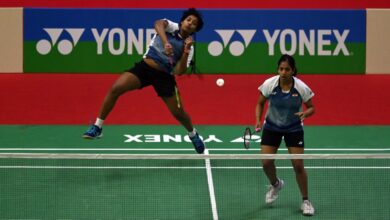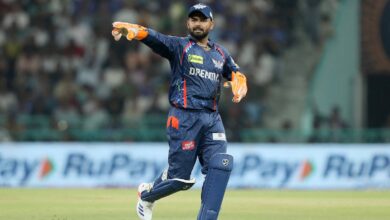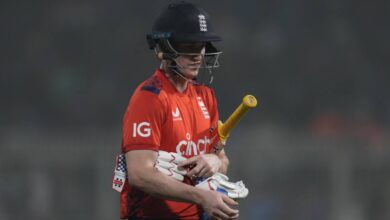Jasprit Bumrah’s advice to Team India after 150-run wipeout on Day 1: ‘Have faith in yourselves’ | Cricket News

India vs Australia: On Monday Jasprit Bumrah’s India defeated Australia at the Optus Stadium in Perth 295 runs. However, things were not looking as rosy on day one with the pitch having grass on it and the skipper opted to bat. The side could not cope with the seam moment on the surface and Australian bowlers too hit their mark right from ball one to bundle out India for 150 runs.
At the time it did seem like Bumrah’s batting first call was firing back. However, what transpired thereafter was remarkable. The Indian skipper with his five-wicket haul bowled Australia out cheaply for 104 runs. “You know, I played here in 2018. I remembered that when you start here the wicket is generally soft but as the game progresses it becomes easier. This wicket was a little bit spicy from the last one I played here but we were well prepared,” said Bumrah after the match about the decision at the toss.
“I told the players to have faith in yourselves and also trust the process because you know over here you have an opportunity to do something special,” the stand-in captain added.
Once India took the lead of 46 runs it was Yashasvi Jaiswal and KL Rahul who came into the middle and tire the Aussie bowlers in the second innings with grit and determination. The duo has put on 201 runs for the opening wicket. Though Rahul was dismissed, Jaiswal continued to mix caution with aggression and scored 161 runs before getting out for a half-tracker which he could have hit anywhere from Mitchell Marsh.
“Well, we cant ask for anything better from them, to be honest. Jaiswal, I think he has had a fabulous Test career so far but the innings that he played in the last innings was something special because you know he left the ball well, he has an attacking nature but was calm out there with the bat in hand,” said Bumrah.
In addition to Jaiswal, Virat Kohli too broke his 16-month century drought. Against New Zealand in the last series, Kohli was averaging 15 on rank turners. “Difficult to judge that on difficult pitches. But he was good in the nets. We always enjoy the support from the crowd, when the backing is there we feel good,” said Bumrah about Kohli.







